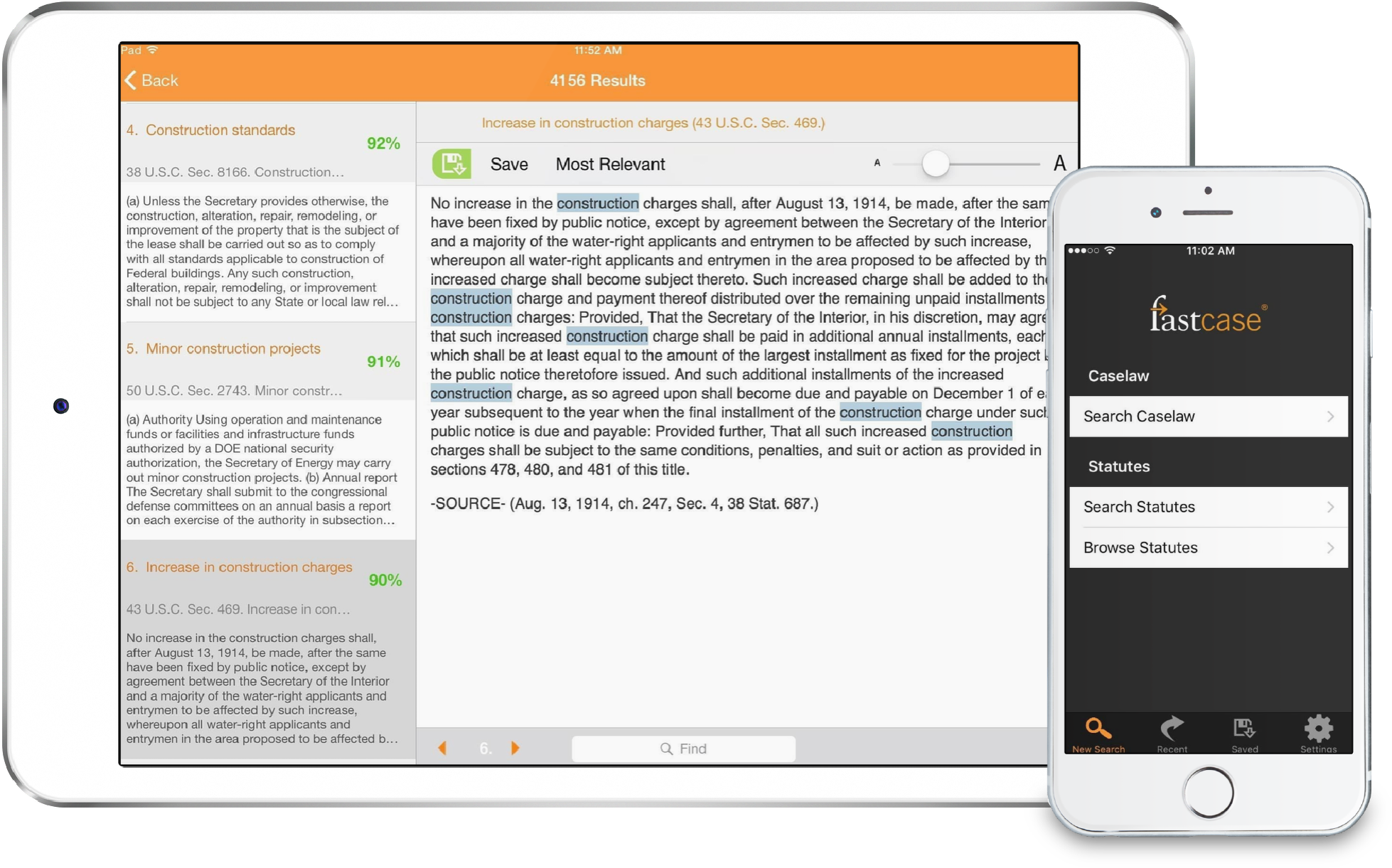
Why The AILA Law Journal Is Important
Written by Cyrus Mehta
The AILA Law Journal has come a long way since its April 2019 launch. At the time of the publication of the November 2022 issue, the AILA Law Journal will be 8 issues old.
I am proud to be the Editor in Chief of the AILA Law Journal at the time of the release of this November 2022 issue. The AILA Law Journal plays an invaluable role by curating high quality articles that guide attorneys to advance novel and innovative arguments on behalf of their clients. For the AILA Law Journal’s success and contributions, I pay tribute to my predecessor, Shoba Sivaprasad Wadhia, who so successfully launched the publication and led it until recently. I hope to inspire attorneys, law students, and others, as Shoba did, to contribute articles in the immigration field that will not just benefit attorneys, but will also help to shape immigration laws.
I really look forward to working with a fabulous team of editors to take the AILA Law Journal to the next phase. Being Editor in Chief gets me thinking about some of the important issues of the day. I have been consistently writing on contemporary immigration topics, and taking on this new role completely aligns with my passion to express a point of view or highlight an important development for AILA colleagues and clients. For example, to what extent can the Executive Branch allow noncitizens to remain and work in the US when there is no explicit provision in the Immigration and Nationality Act (INA) covering these categories of noncitizens? Two courts of appeals have ruled differently in recent decisions. The U.S. Court of Appeals for the D.C. Circuit in Washington Alliance of Technology Workers (“Washtech) v. the U.S. Department of Homeland Security addressed the question of F-1 students and whether they could remain in the U.S. after graduation for practical training. Citing DHS’ authority under INA § 214(a)(1) and the long history of post-graduation practical training, the court upheld Optional Practical Training that has been granted to students after they graduate in the US. The Fifth Circuit in Texas v. US confronted a different issue – that of young people who came to the U.S. and whether they could remain in the country through deferred action. Finding that DACA exceeds DHS’ inherent authority to exercise prosecutorial discretion, the court struck down the program, though deferred action is a well-established practice like OPT. Although the Washtech case dealt with students, the D.C. Circuit’s decision can serve as a template for the Supreme Court to uphold the authority for other categories of noncitizens to remain in the U.S., including DACA recipients.
I hope the AILA Law Journal can attract articles that explore themes like this in depth. I also look forward to articles in the AILA Law Journal being cited by federal courts. Some day, I hope that the AILA Law Journal can organize a symposium attracting both scholars and practical lawyers to present papers that will then get published in a dedicated issue of the AILA Law Journal.
It is very important for lawyers to write and express their views. The AILA Law Journal is here to encourage this. And for those who do not have the time or inclination, it is hoped that the excellent articles in the AILA Law Journal from one issue to the next will provide food for thought to all – lawyers, policy makers and judges – that will result in fair and sensible immigration policies and outcomes.
****
AILA members can access the journal for free as a member benefit through the AILA website. Without membership to AILA, you can purchase the digital version of the newest AILA Law journal for $60 or purchase a one-year print subscription for $99.
And we encourage all of you to share your insights for a forthcoming edition – the call for submissions for our Fall 2023 edition opens on December 1, 2022, with manuscripts due by May 15, 2023.



